How to Get Rid of African Lovegrass in Your Lawn
African Lovegrass (Eragrostis curvula) is a tufted, grassy weed that’s most prevalent in Australian pastures and grazing land, but it can impact home lawns too. Originally ...

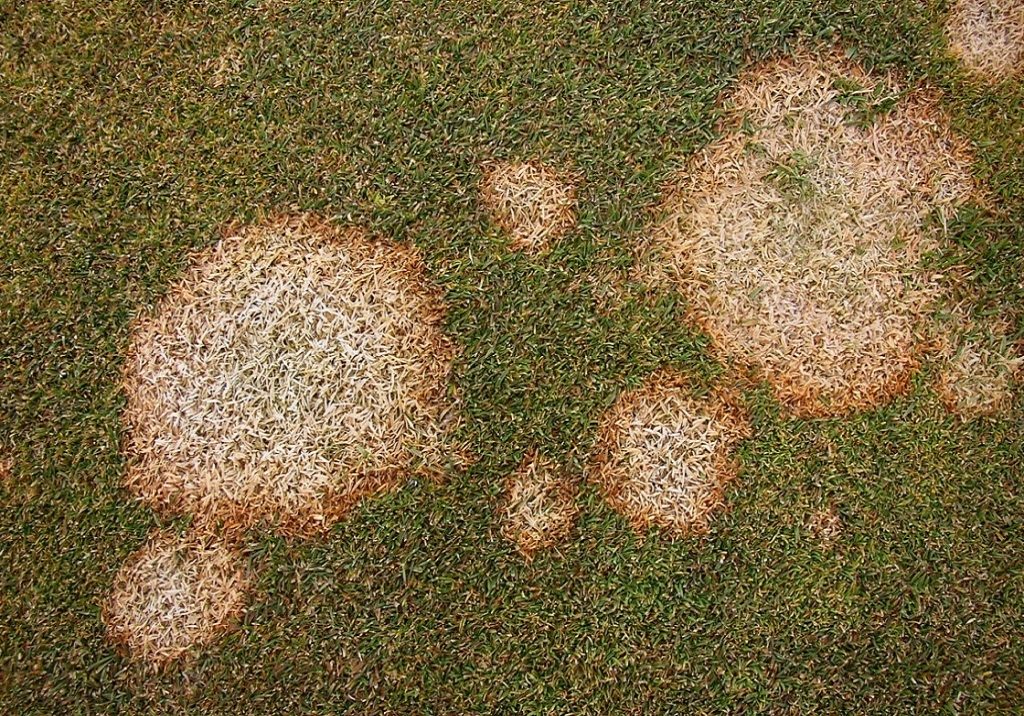 Wet seasons can mean the onset of various fungal diseases on your lawn. Fusarium Patch is more common in cooler climates, causing the formation of brown patches which can ruin the aesthetic appearance of your lawn.
Wet seasons can mean the onset of various fungal diseases on your lawn. Fusarium Patch is more common in cooler climates, causing the formation of brown patches which can ruin the aesthetic appearance of your lawn.
This article covers how to identify this pesky fungal disease and the best ways to prevent and avoid Fusarium Patch on your home lawn.
Fusarium Patch is a fungal disease that first appears as small, water-soaked patches on the lawn. These patches grow in size and change colour, eventually causing your lawn’s leaves to die off.
Fusarium can affect many different types of plants, including vegetables, fruits, and grains. The fungus typically enters the plant through wounds or lesions in the leaves or stem. Once inside the plant, the fungus begins to grow and reproduce, causing the plant to become infected.
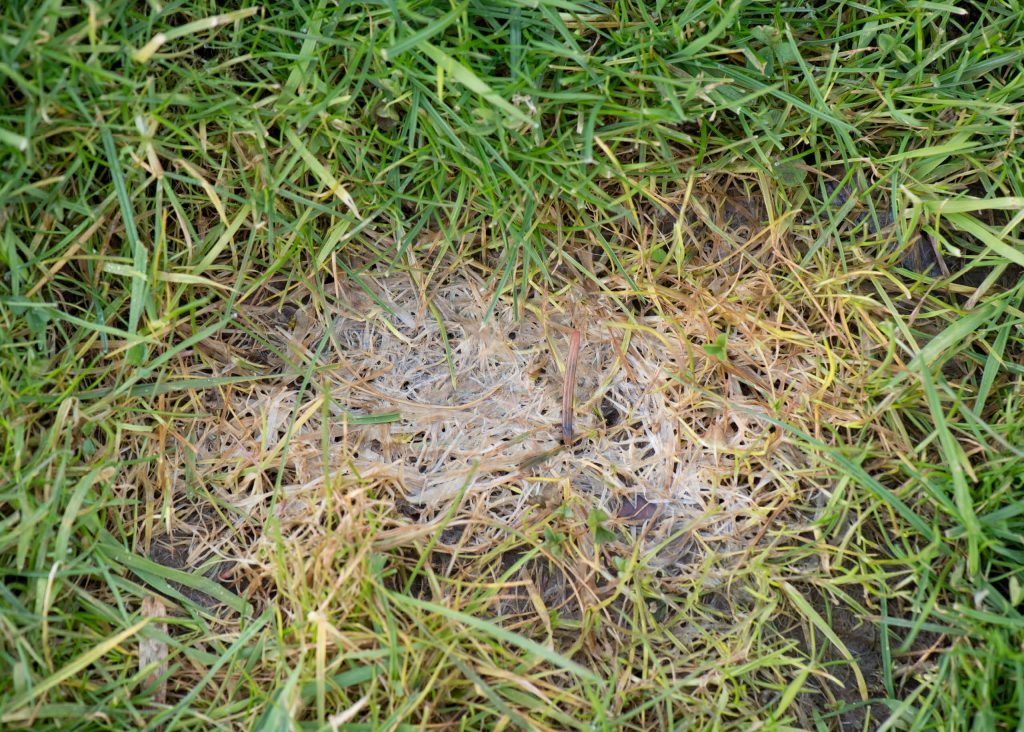 Fusarium Patch causes irregular yellow to brown patches, up to 250mm, to form on your lawn. Patches may bleach as leaves wither and die. Left untreated, the centre of these patches can start to rot, and eventually collapse, creating wet, slimy areas on your lawn. Whitish mycelium (fungal threads) may be seen within the patch, and the outside ring of the patch is typically darker than the centre.
Fusarium Patch causes irregular yellow to brown patches, up to 250mm, to form on your lawn. Patches may bleach as leaves wither and die. Left untreated, the centre of these patches can start to rot, and eventually collapse, creating wet, slimy areas on your lawn. Whitish mycelium (fungal threads) may be seen within the patch, and the outside ring of the patch is typically darker than the centre.
Under the right conditions, Fusarium Patch can develop quickly. In a matter of days, large patches may appear on your turf and reduce grass coverage.
Cool-season grasses, such as Bent Grass and Fescue, are most susceptible to Fusarium Patch but can also infect warm-season grasses. For example, low-mown Kikuyu can be affected in cool climates.
The fungus causing Fusarium Patch (Microdichium nivale) thrives at night in low temperatures between 0-10 degrees centigrade, especially when there is a film of water on the leaves.
To treat Fusarium Patch, you should apply a suitable fungicide at the first sign of infection. Depending on the level of damage, and the time of year, it may take some time for your lawn to fully recover. A full recovery is most likely in Autumn, so if the problem persists through Winter, additional fungicide applications may be required to prevent further spreading. If required, seek advice from your lawn care expert, and follow the instructions on the label.
To prevent Fusarium Patch, you should avoid fertilisers that are too high in nitrogen, such as urea. Applying potassium to your lawn may also aid in suppressing the disease.
Alkaline soils are also more susceptible to Fusarium, so test your soil pH, and try to maintain a pH of range of between 6.0 and 7.5 for optimum performance. Avoid using lime.
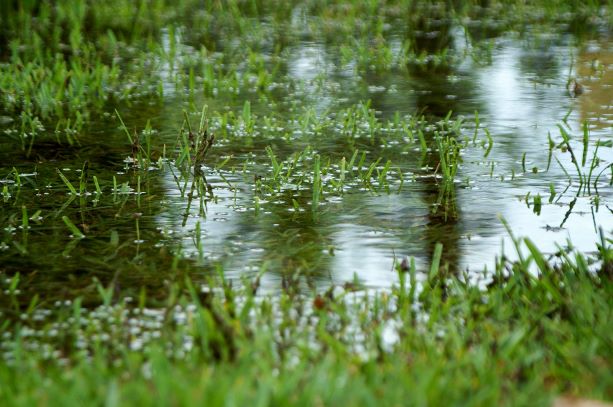 Poor drainage can also encourage this fungal disease to grow, so aim to reduce lawn thatch on a regular basis and aerate your lawn regularly or as needed.
Poor drainage can also encourage this fungal disease to grow, so aim to reduce lawn thatch on a regular basis and aerate your lawn regularly or as needed.
Overhanging trees and shrubs may also encourage Fusarium Patch, so trimming branches regularly can encourage light and air circulation.
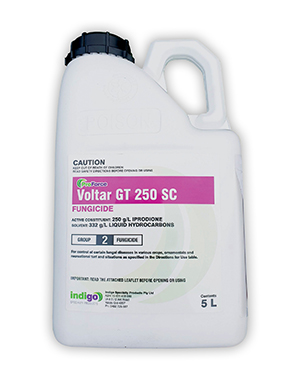
Indigo Voltar Fungicide 5L is a broad-spectrum Fungicide that is registered for the control of Brown Patch, Dollar Spot, Fusarium Patch, Spring Dead Spot, White Helminthosporium and Black Helminthosporium diseases. Indigo Voltar Fungicide 5L can be used on Zoysia, Kikuyu, Couch and Buffalo grasses.
SHOP NOW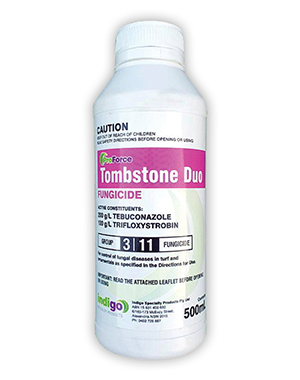
Indigo Tombstone Duo Fungicide 500mL is a superior broad-spectrum Fungicide used to control Anthracnose, Brown Patch, Winter Fusarium, Helminthosporium diseases (including White Helmo), Leptosphaerulina, Curvularia, Dollar Spot and ERI (Ectotrophic Root Infecting Fungi). Indigo Tombstone Duo Fungicide 500mL can be used on Zoysia, Kikuyu, Couch and Buffalo grasses.
SHOP NOW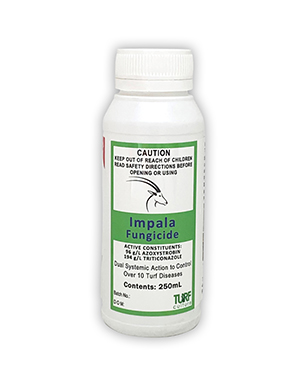
Impala Fungicide is a broad-spectrum systemic control liquid for 10 major turf diseases, including Fusarium Patch, Anthracnose, Brown Patch, Dollar Spot and Helminthosporium. Impala Fungicide contains the active ingredients Triticonazole and Azoxystrobin and is suitable for use on Kikuyu, Couch, Zoysia and Buffalo grasses.
SHOP NOWFusarium Patch is a fungal lawn disease that can cause patchy brown areas to appear on your lawn. Fusarium Patch is most commonly found in cool, wet climates and where water has sat on the lawn for an extended period of time. The best way to control the disease is to maintain a healthy lawn and avoid excessive nitrogen fertilisation. If you have Fusarium Patch on your lawn, you may be able to treat it with fungicide, but if in doubt, contact a professional turfgrass specialist for treatment options.